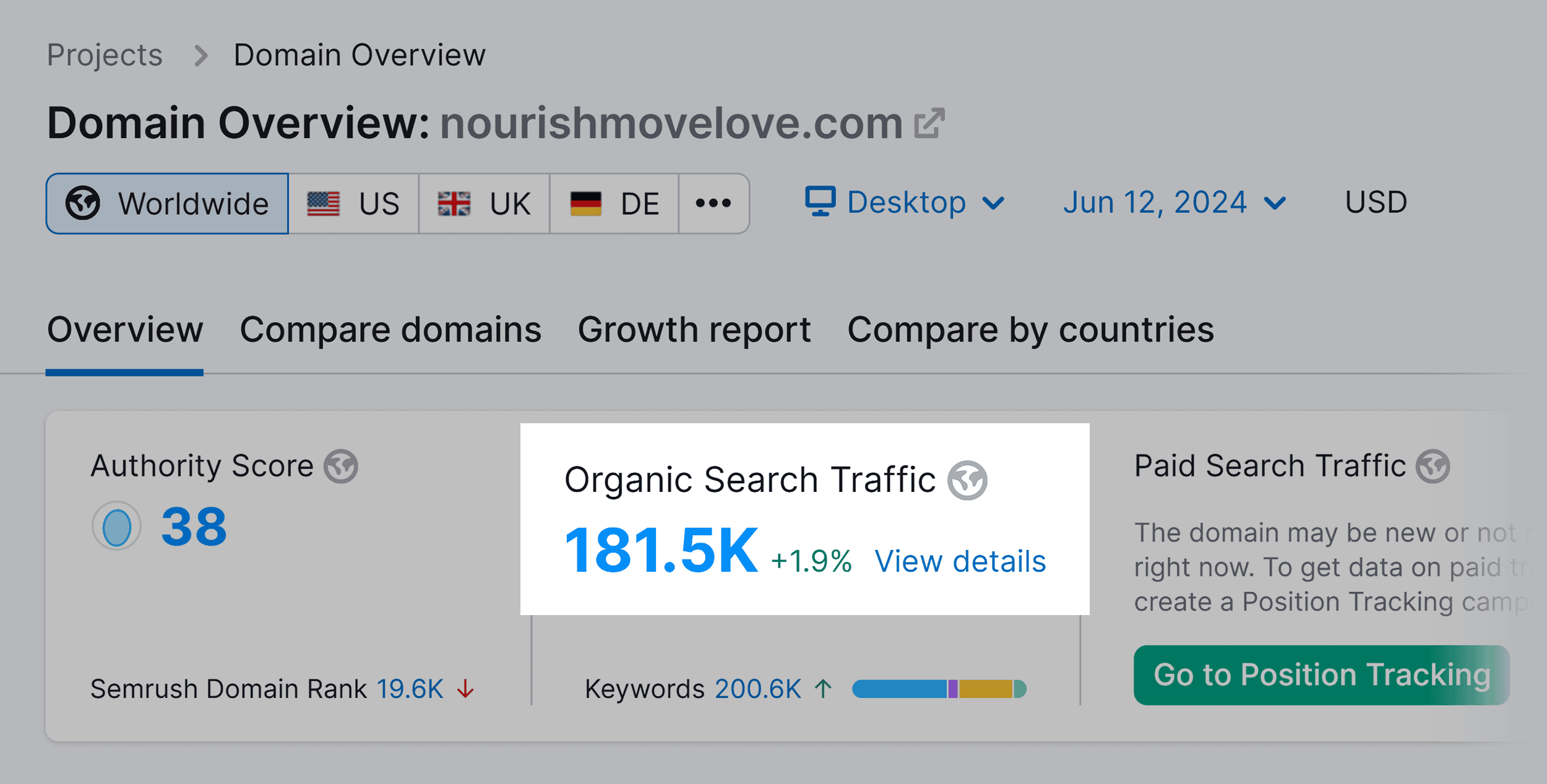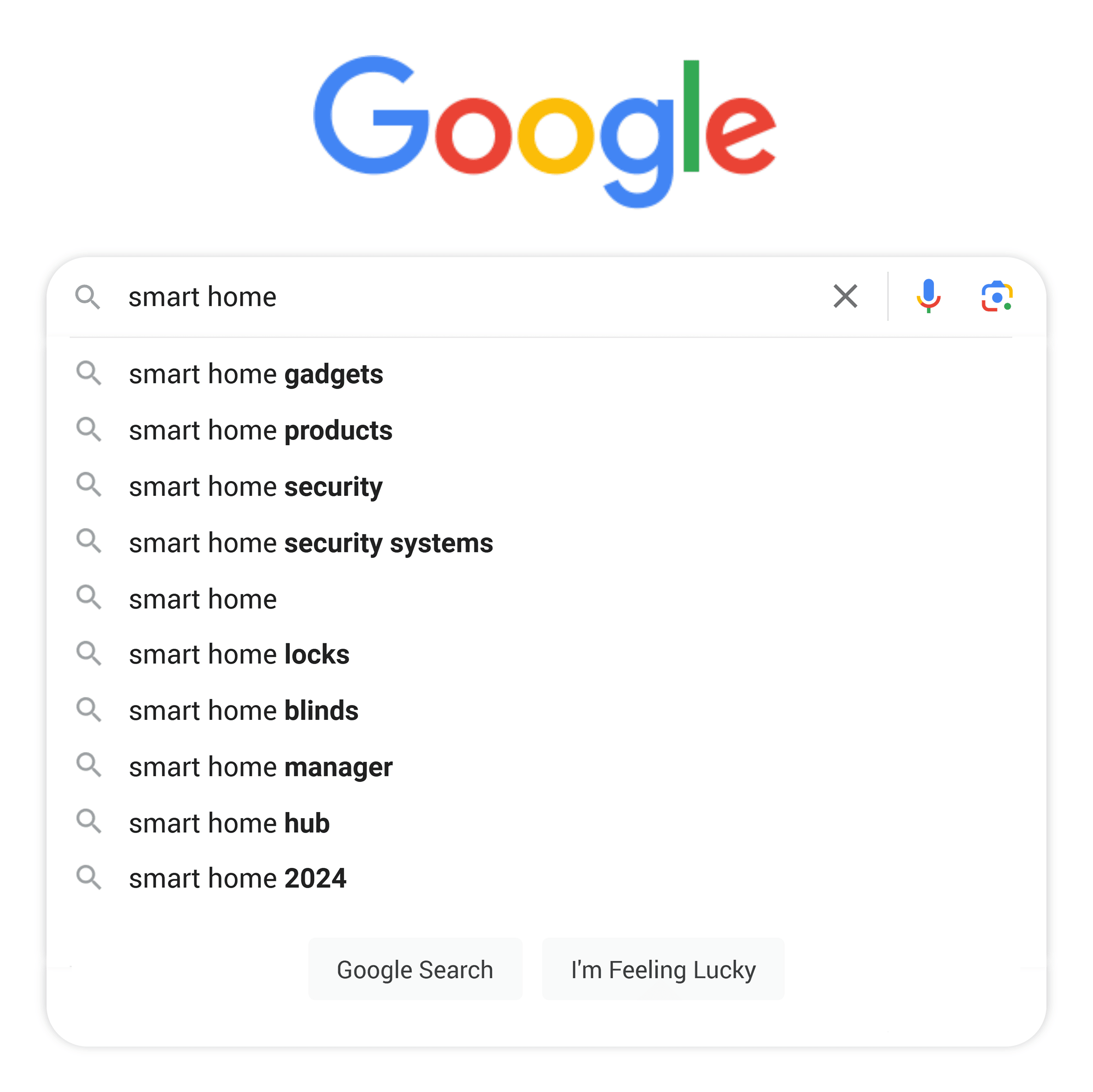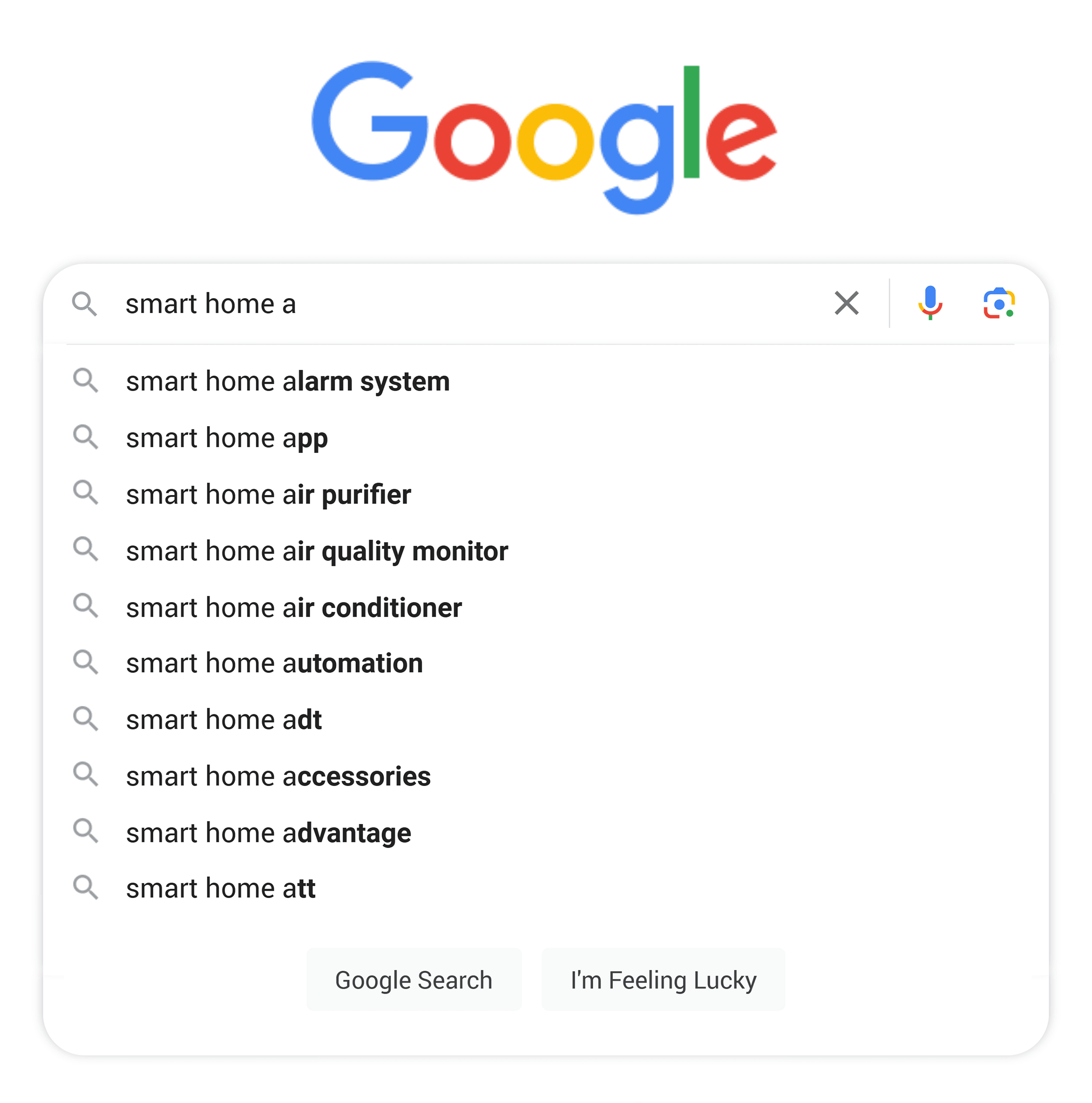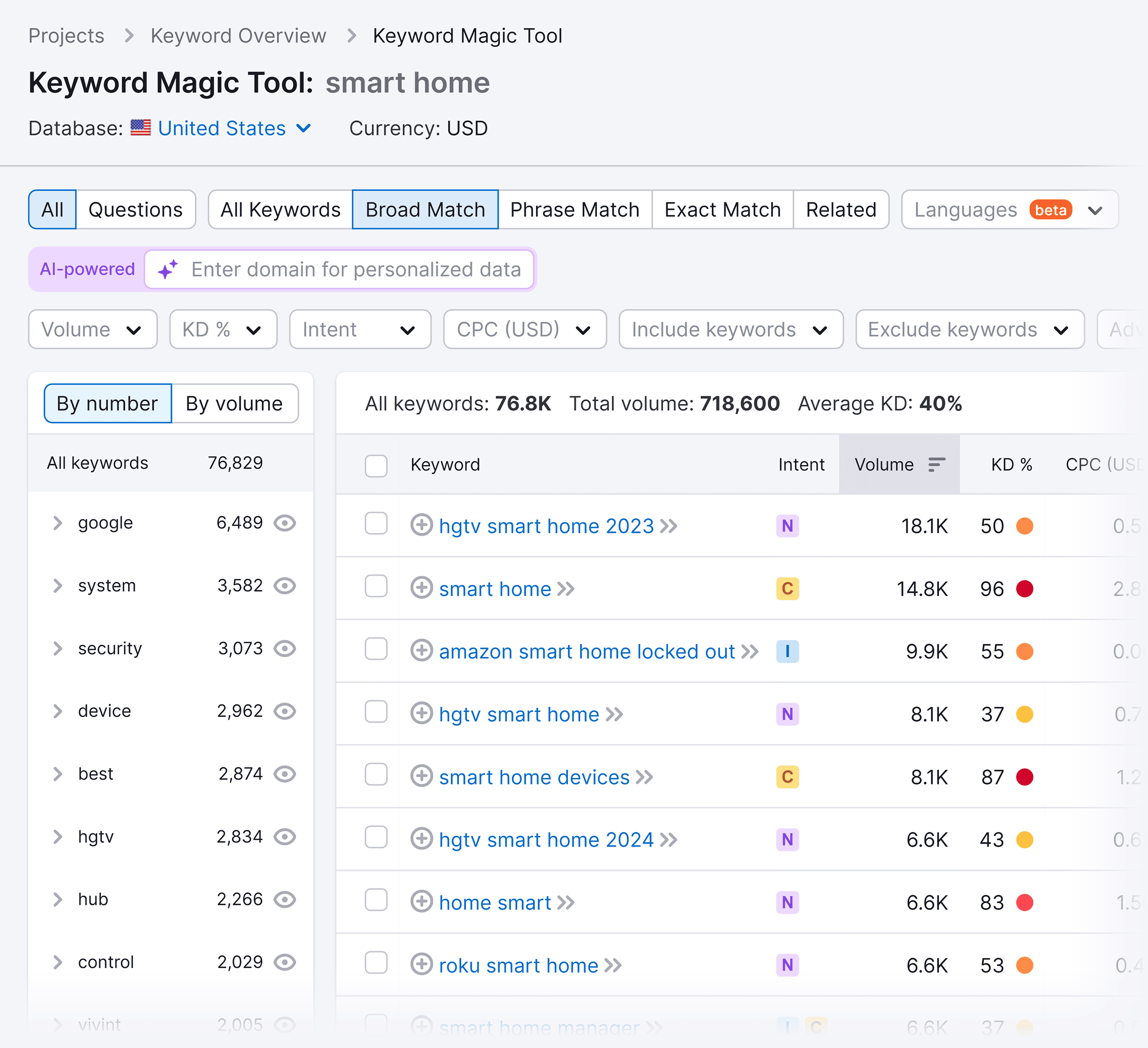Small Business SEO: 10 Tips to Get Your Website Found Online


Your small business needs a solid online presence to get discovered. Search engine optimization (SEO) is key.
In 2019, Lindsey Bomgren, the founder of the online fitness website Nourish Move Love, was spinning her wheels, creating content that wasn’t reaching her ideal audience.
Lindsey shifted her focus to SEO. And by 2021, her website had blossomed into a lucrative six-figure business.
As of 2024, Nourish Move Love reaches an estimated 180k monthly visitors from search and is a thriving small business.
In this article, you’ll learn what small business SEO is and its benefits. Then, you’ll find ten tips to improve the SEO of your small business website.
What Is Small Business SEO?
Small business SEO involves optimizing your website’s content and structure to attract traffic through search engines like Google.
This helps you gain visibility, generate more sales, and grow your business.
Small business SEO is a subset of general SEO. But with more targeted, niche-specific keywords and fewer resources.
And if your small business has a physical location, you can focus on local search results as well.
Difference Between Small Business SEO and Local SEO
Small business SEO and local SEO are connected. But they have different purposes.
Local SEO helps any business with a physical location, big or small, get found by nearby customers. It focuses on appearing in local searches like “restaurants near me” or “plumbers in San Francisco.”

Small business SEO is specifically for smaller companies, whether you have a physical location or not. It’s about using niche-specific keywords to reach your ideal customers wherever they are.
For example, a local hairdresser would primarily focus on local SEO to show up for searches like “hairdressers in Miami.”
Meanwhile, an ecommerce business selling toilet paper nationwide would benefit more from small business SEO.

SEO Benefits for Small Businesses
- Increased brand awareness: Ranking in the top 10 results of Google search results pages (SERPs) increases your brand visibility. More visibility means more people learning about your company. Over time, increased awareness can lead to more business.
- Increased targeted website traffic: SEO focuses on attracting users who are already looking for products or services like yours. And the more targeted traffic you get, the higher your opportunity to turn that traffic into customers or clients.
- Better brand trust and credibility: Appearing in the top 10 results of search results positions your business as an authority within your niche.
- Higher conversion rates: Organic traffic (coming from search engines) tends to convert at a higher rate because people are actively searching for your type of business.
- Being open 24/7: Your target audience is looking for businesses or solutions for their problems at all hours of the day. With an optimized online presence, your business is available to customers whenever they need it.
- Cost-effective in the long run: Good SEO leads to long-term results. Once you establish top rankings, it’s easier to maintain them than constantly relying on paid advertising.
10 Small Business SEO Tips
Below are the most impactful SEO strategies to increase traffic and sales from organic search. Starting with the most important step, keyword research.
1. Do Keyword Research
Keyword research is about understanding what your potential customers are searching for. Then, use those keywords across your website’s content.
Say you’ve started a website where you review smart home technology. What are people typing into Google about smart homes?
An excellent place to start is Google.
Start typing in “smart home,” but don’t press enter. Google will show you what searchers are typing into Google about smart homes.

You can see folks are interested in “smart home security” and “smart home locks.”
Continue the process and type in “smart home a.”

Type “smart home b.”

And so forth.
You can use this data to start creating pages that target these keywords. (More on that in the next tip.)
But while Google shows you what people are searching for, you don’t know how many people are searching for these keywords. It’s also hard to gauge how competitive the keyword is.
That’s where a keyword research tool like Semrush’s Keyword Magic Tool is beneficial. It includes a database of more than 25.5 billion keywords and helps you prioritize your keywords.
Here’s how to use it:
Open the Keyword Magic Tool from the left-hand side menu in Semrush.

Enter your seed keyword (a short, broad phrase relevant to your business) in the tool. You can use the keywords you find on Google. Then, select the primary location you want to reach with SEO. And click “Search.”
Let’s use the keyword “smart home” as an example.

The tool will show you a list of all the keywords related to your seed keyword. Along with important data to help you pick which keywords to use on your website.
These include:
- Search intent: It’s the purpose behind the search. Are searchers looking for information or are they looking for a specific site or page? Maybe they’re looking for a brand or service to solve their problems and are ready to make a purchase?
- Search volume: It shows the average number of monthly searches for a keyword
- Keyword difficulty: It shows you how hard it would be for a website to rank organically in Google’s top 10 search results for a specific keyword. The lower the percentage, the easier it will be to achieve high rankings.

Pick the keywords you’d like to target by selecting them and clicking the blue “Add to keyword list” button at the top right corner of the screen.
https://www.leadbuildermarketing.com/small-business-seo-10-tips-to-get-your-website-found-online/
Comments
Post a Comment